Options for filter bag leakage prevention in coal-fired power plants: Comparison of adhesive coating process and PTFE tape application process
2025-02-25
Generally speaking, hot-melt process is preferred for filter bag leakage prevention, and when hot-melt process cannot be used, adhesive coating process or PTFE tape process can be chosen. Due to the complex flue gas conditions and harsh environment of coal-fired power plants, we evaluated the adhesive coating process and PTFE tape process in terms of heat resistance and acid corrosion resistance to provide a reference for the selection of bag leakage prevention measures.
1 PTFE tape heat resistance
The flue gas temperature of coal-fired power plants is usually above 100 ℃, some special conditions can reach 170 ℃, and the instantaneous operating temperature can even reach more than 200 ℃. In order to simulate the actual working conditions of high temperature environment, the specification of 5 × 5 cm test samples placed in a high-temperature oven, heat treatment at 200 ℃ under the condition of 24h to observe its apparent changes. As shown in Figure 1, from the comparison of the samples coated with adhesive and PTFE tape before and after high temperature treatment, it can be seen that the appearance of the adhesive coated samples became slightly yellowish in colour, but the sealant was firmly bonded with the substrate of the filter material; whereas, the PTFE tape underwent obvious shrinkage, and the edges of the PTFE tape exuded an obvious dark yellow substance. Therefore, it can be shown that the fusion of PTFE tape and stitching is not dependent on the thermal fusion of PTFE and the substrate but on the adhesive, which is not suitable for high temperature environments.
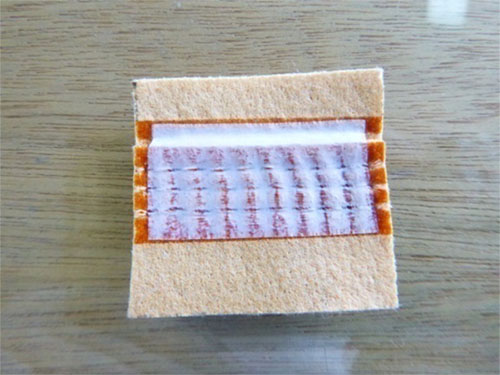
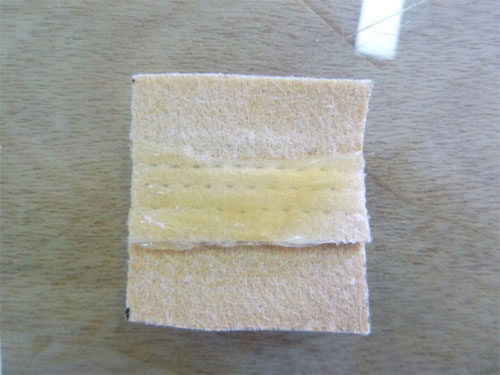
Fig. 1 Samples after high-temperature treatment (left picture coated with glue, right picture with PTFE tape)
2. Acid resistance
Sulfur in coal is burned to generate SO2, and then oxidised and contacted with water to form highly corrosive sulfuric acid, which will have a certain effect on the sealant and PTFE tape used for pinhole sealing. In order to simulate the actual working conditions of the acid corrosion environment, the specification of 5 × 5 cm test samples placed in 35% sulfuric acid solution, immersed in 24h to observe the apparent changes. As shown in Figure 2, the samples processed by the adhesive coating process after treatment with sulfuric acid solution, the appearance of the colour does not change significantly, the adhesive is slightly sticky, but the sealant can be firmly bonded with the filter substrate; PTFE tape processed samples processed by the sulfuric acid solution, the PTFE tape falls off, and the filter substrate is almost separated, which may be due to the adhesive of the PTFE tape is not acid-resistant leading to the fall off of the PTFE tape. Therefore, in engineering applications, PTFE tape is prone to fall off in acid corrosive environments, resulting in pinhole sealing failure and the risk of dust leakage, so the adhesive coating process is more suitable for strong acid corrosive environments.
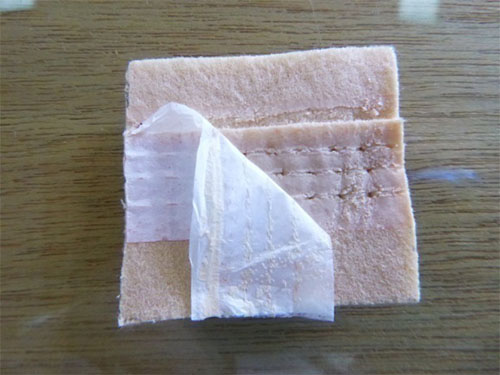
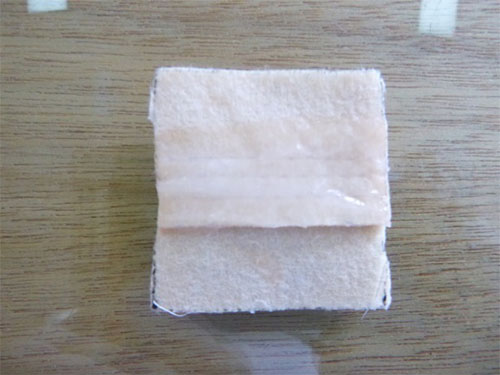
Fig. 2 Samples after treatment with sulphuric acid (left picture coated with glue, right picture with PTFE tape)
In summary, through the test comparison can be found that the adhesive coating process has better heat resistance and acid corrosion resistance compared with the PTFE tape process.
3. Typical case study
A boiler in Hengyang City, Hunan Province, using the filter bag treated with PTFE tape process at the pinhole of manufacturer A, was put into operation in September 2016, and a filter bag was randomly selected for testing and evaluation after 12 months of operation.
From the outside of the filter bag, the filter bag pinhole is sealed with PTFE tape, and the head, body, and bottom of the bag show multiple bulging and peeling of PTFE tape. As shown in Figure 3.1, the PTFE tape was bulging at the local position of the bag body. Due to the bulging and falling off of the PTFE tape, a large amount of dust remained inside the bag, and under the microscope, it was observed that the dust had spread to the edge of the pinholes, and the local pinholes could be seen to have obvious dust infiltration.
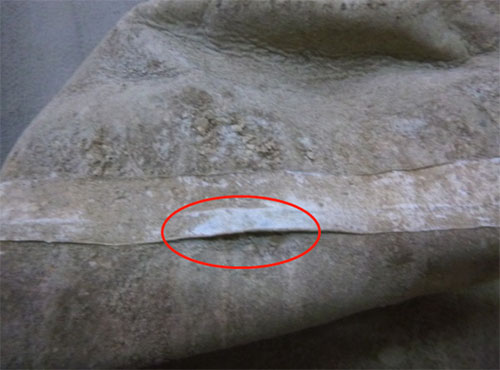
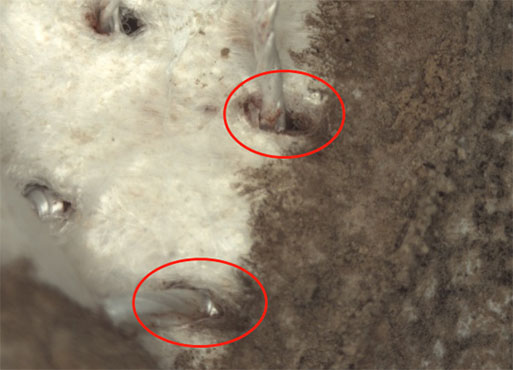
Fig. 3 PTFE tape bulging at the local position of the filter bag (the left picture shows the overall effect, the right picture shows the local microscope enlargement)
4. Conclusion
Filter bag as the core component of bag filter, filter bag stitching pinhole may appear dust leakage, in order to reduce the risk of dust escape caused by the emission of excessive standards, must be grasped from the source of filter bag leakage production in line with the requirements of the use of filter bag stitching preferred thermal fusion technology, when it is not possible to use the thermal fusion process of stitching, you can choose to use adhesive coating process and paste PTFE tape process. The experimental results show that the adhesive coating process has better heat resistance and acid corrosion resistance than the PTFE tape process; and there is a risk that the PTFE tape will fall off and dust will penetrate through the pinholes when the PTFE tape process is actually applied. Therefore, when the hot melt process cannot be used, a more reliable adhesive coating process must be used, and the PTFE tape process must be carefully selected.



